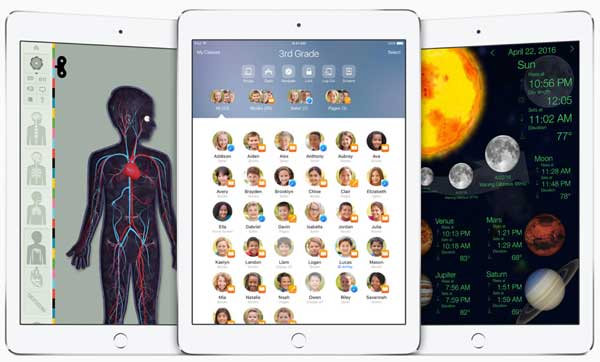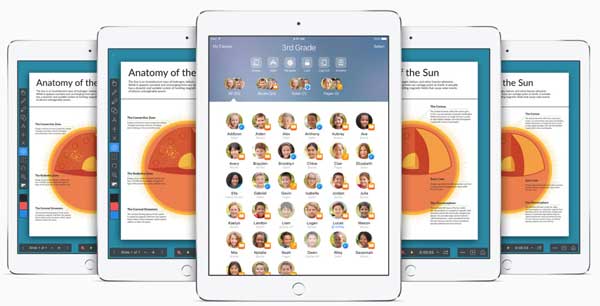
A film many instructors may want to use in class or tell students to watch is now widely available. The film is the documentary Code: Debugging the Gender Gap. You can find it on iTunes, Amazon, Google Play, Vimeo, and TV on demand. It will be available to stream on Netflix in 2017.
The film explores how cultural mindsets, stereotypes, educational hurdles and sexism all play roles in keeping the number of women and minorities in software engineering jobs low. It has screened in 47 countries and at over 400 companies and organizations, including The White House.
“We are thrilled that CODE continues to have impact on audiences across all industries worldwide, and that we’ll have the chance to reach so many more when it begins streaming on Netflix next year,” said Director and Producer Robin Hauser. “Our hope is that it continues to open up conversations about what we would all gain from having more women and minorities code.”

Code: Debugging the Gender Gap includes interviews with employees at Yelp, Facebook, Google, and Pinterest, among others, and explores how cultural mindsets, stereotypes, educational hurdles and sexism all play roles in keeping the number of women and minorities in software engineering jobs low – and what can be done to change this.





